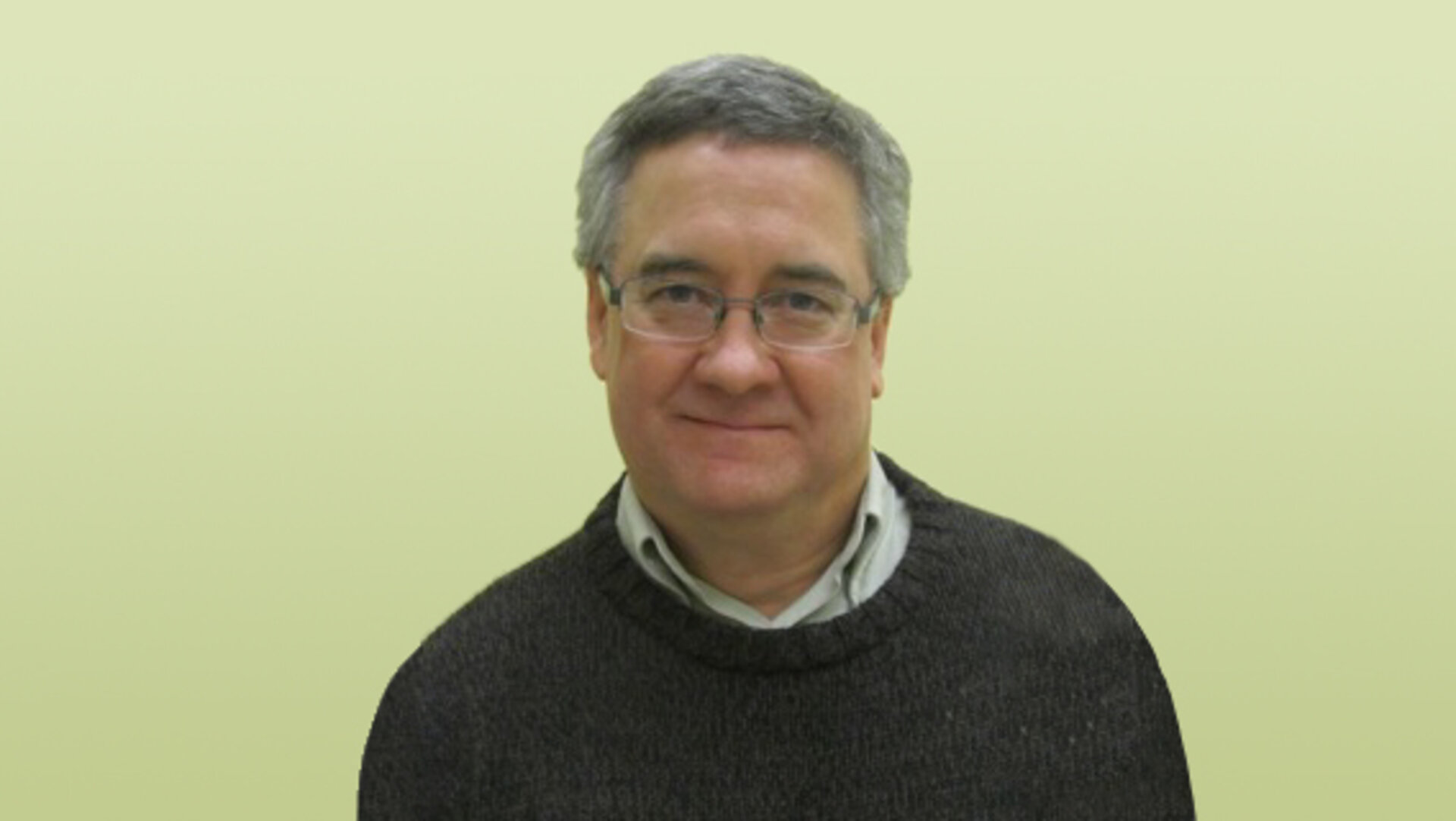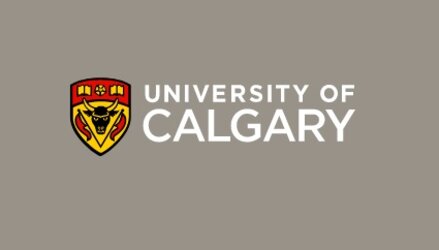David Knudsen: EFI Lead Scientist
David Knudsen has been responsible for the development of the Electric Field Instruments (EFIs), which measure plasma density, drift velocity and temperature in high resolution to characterise the electric field around Earth. Identical EFIs will fly on each of the three Swarm satellites.

David, a Canadian national, has been working at the University of Calgary since 1995. He earned his PhD at Cornell University in Ithaca, New York, in 1990, and has worked at Germany’s Max-Planck-Institut für extraterrestrische Physik, Canada’s National Research Council, France’s Centre d'étude des Environnements Terrestre et Planétaires, and NASA’s Goddard Space Flight Center.
David joined the Swarm Project in 2004.
ESA: What is the Electric Field Instrument and what kind of information does it give us?
David Knudsen
The Electric Field Instruments measure ionospheric winds, densities and temperatures. This information will be used to calculate the electric field, an important counterpart to the magnetic field. Swarm will be the first mission to make global, multi-point measurements of these fields simultaneously.
ESA: What will this information be used for?
David Knudsen
The combined electric and magnetic field measurements can be used to monitor the flow of electrical energy from the solar wind into our atmosphere, amounting to up to a thousand billion Watts globally. This energy influx can dominate the dynamical behaviour of our upper atmosphere, and contributes to as much as one hundred tons of atmospheric material being expelled and lost into space each day. Electric fields also help separate sources of magnetic field originating in space from those inside the solid Earth.
ESA: What makes these instruments unique?
David Knudsen
Each EFI contains two novel sensors known as Thermal Ion Imagers. Developed initially at the University of Calgary with support from the Canadian Space Agency, these imagers adapt CCD detector technology – the same technology used in digital cameras – to detect not light, but charged particles in order to produce precision measurements of ionospheric winds and temperatures. Additional key measurements are made by Langmuir probes that use a unique tracking scheme developed at the Swedish Institute of Space Physics, IRFU. The EFIs were built by COM DEV Canada.
ESA: What is the advantage of flying three identical instruments at once?
David Knudsen
Imagine the difficulty of trying to put together a picture of, say, a hurricane using only one sensor in one location. Only by using multiple sensors can one hope to see the storm as a massive, spinning vortex. Earth’s ionosphere is a still-larger system with winds that can be as much as a hundred times faster than hurricane-force winds. Swarm’s three satellites will help determine the size and lifetime of structures in the geomagnetic field and ionospheric plasma.
Editor's note:
This is one in a series of interviews with a few of the key people that are involved in the Swam mission. Please check back as the list will be added to over the coming weeks.





